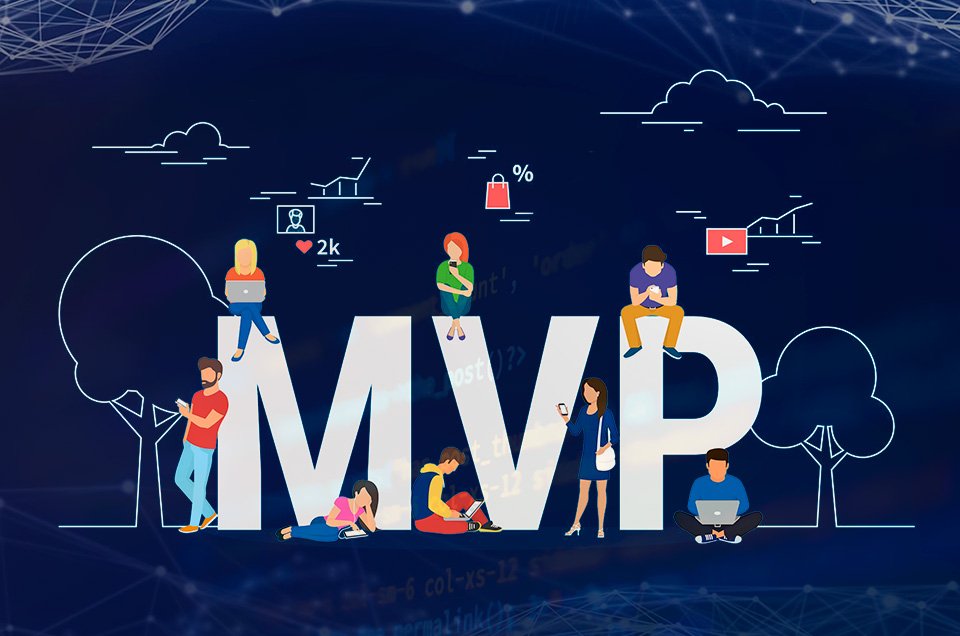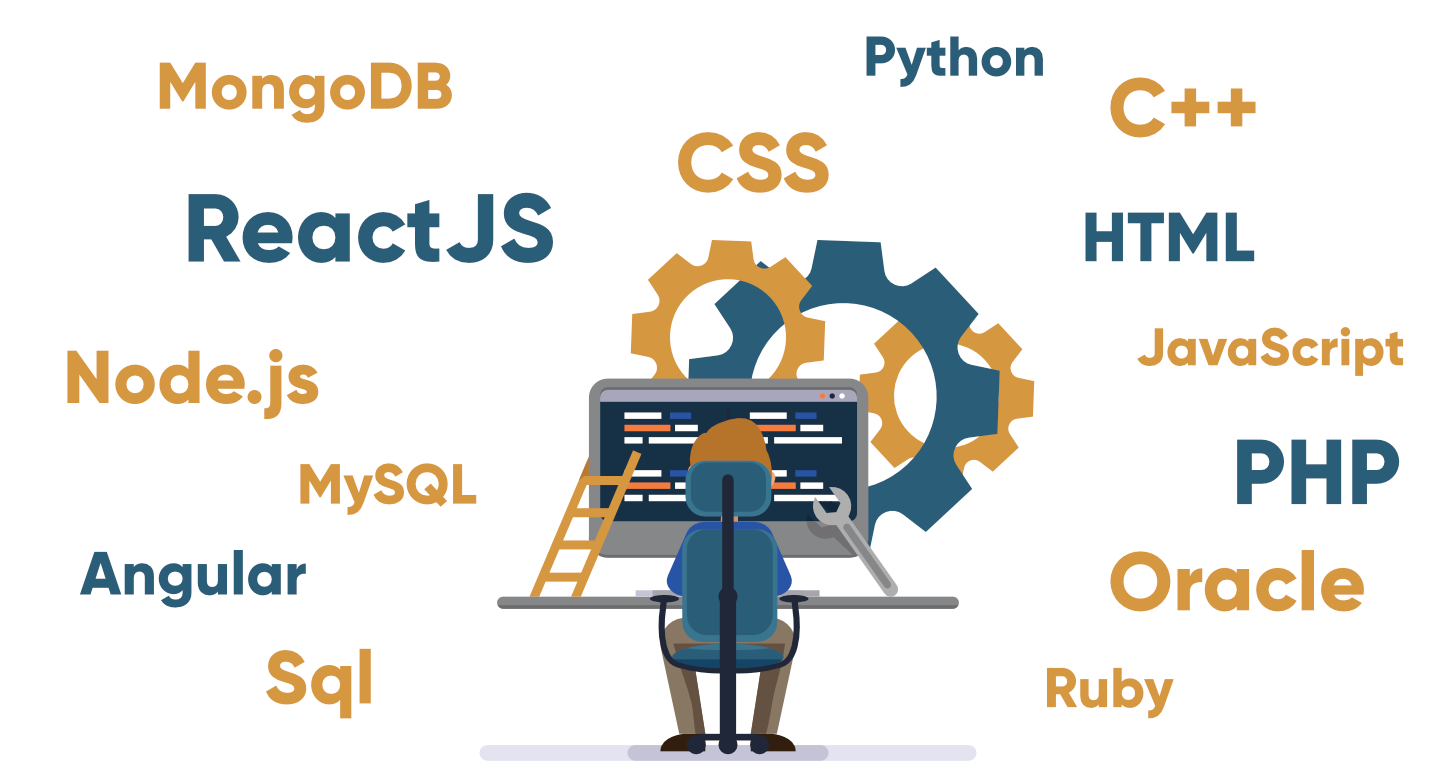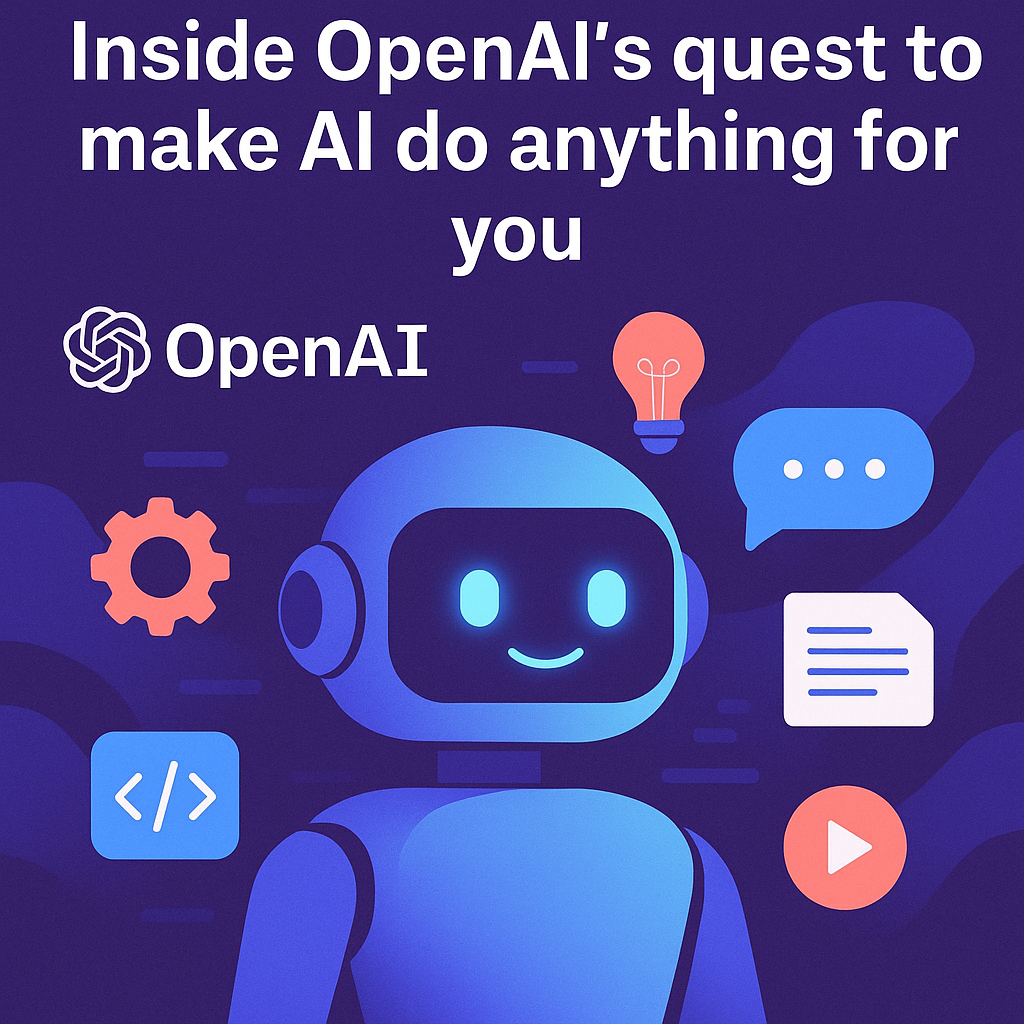Operational Technology (OT) forms the backbone of critical industries such as energy, transportation, manufacturing, oil and gas, and healthcare. These environments control physical processes that directly impact the safety, productivity, and reliability of modern life. As these systems become more connected through Industrial IoT and digital transformation initiatives, they are also becoming increasingly vulnerable to cyber threats. A single breach in an OT environment can have devastating consequences ranging from production downtime to large-scale power outages or even risks to human safety.
In this context, Artificial Intelligence (AI) and Machine Learning (ML) are emerging as game-changing technologies for OT security. Unlike traditional security measures that rely on static rules and human intervention, AI and ML bring adaptive intelligence, automation, and predictive capabilities that make threat detection more effective and proactive than ever before.

The Rising Complexity of OT Threats
Traditional OT networks were once air gapped, meaning they were isolated from external internet access. Today, digitalization, remote monitoring, and cloud integration have blurred these boundaries, exposing OT systems to the same cyber risks as IT environments with far greater consequences. Attackers are now deploying sophisticated tactics such as ransomware, zero day exploits, and advanced persistent threats (APTs) that can bypass signature-based defenses.
One major challenge is that OT systems typically rely on outdated hardware and software, which cannot easily be patched or updated without risking operational disruption. Manual monitoring or rule-based tools are unable to keep up with the sheer volume and speed of modern attacks. This gap has made AI and ML driven security solutions not just beneficial but essential.
How AI and ML Power Smarter Threat Detection

AI and ML enhance OT security by going beyond static detection to enable dynamic, real-time analysis of network behavior. Instead of looking only for known malware signatures, ML models establish a baseline of what “normal” activity looks like within an OT environment. Any deviation, whether it is a sudden spike in data flow, unusual command sequences, or unauthorized device communication, is flagged as suspicious.
For example, if a water treatment plant’s control system suddenly receives commands that fall outside its normal operational range, an ML system can identify this anomaly instantly. Where a human operator might overlook such subtle signs, AI processes terabytes of data in real time, reducing the chance of an attack going unnoticed.
Beyond anomaly detection, AI integrates with global threat intelligence feeds to identify patterns of known attack strategies. By correlating these insights with local network data, organizations can anticipate attacks before they happen. This predictive capability is especially valuable in industries where downtime or system failure can cause multimillion-dollar losses.
Building Cyber Intelligence with AI
Threat detection is only one part of the puzzle. AI and ML also play a crucial role in cyber intelligence, the process of gathering, analyzing, and applying insights about adversaries and potential threats. By combining internal system logs with external intelligence, AI-driven platforms provide a comprehensive view of the threat landscape.
This intelligence enables OT security teams to:
- Understand attacker behavior, including tactics, techniques, and procedures (TTPs).
- Predict emerging threats, such as new ransomware strains targeting industrial control systems.
- Prioritize vulnerabilities, ensuring resources are directed where the risk is highest.
The result is not just faster detection but smarter decision-making, allowing organizations to shift from reactive defense to proactive resilience.
Key Benefits for Critical Infrastructure
The application of AI and ML in OT security delivers tangible benefits that directly address the unique challenges of critical infrastructure:
- Real-time visibility across distributed networks, ensuring every device, sensor, and endpoint is continuously monitored.
- Reduced false positives, which helps security teams focus on genuine threats rather than wasting time on irrelevant alerts.
- Automated response capabilities, allowing AI-driven systems to isolate infected devices or block malicious traffic instantly.
- Continuous learning, ensuring that security improves with every attempted attack.
- Operational reliability, by minimizing disruptions and keeping essential services running smoothly.
In industries like energy and healthcare, these benefits are not just technical improvements, they are essential for public safety and trust.
Challenges in Implementation
Despite the promise of AI and ML, organizations must overcome several challenges before fully reaping the benefits. The first is data quality. Effective ML models require clean, comprehensive data for training, but OT environments often produce fragmented or incomplete information. Another issue is integration with legacy systems, which may not be compatible with modern AI-driven tools.
There is also a skills gap in the cybersecurity workforce. Managing and optimizing AI platforms requires expertise that many organizations currently lack. Lastly, the initial cost of deployment can be significant, although it is often outweighed by the long-term benefits of reduced downtime, minimized risks, and improved resilience.
Case in Point: AI in a Manufacturing Plant
Consider a large-scale manufacturing plant where thousands of machines operate in synchronized cycles. When a cyber attacker attempts to introduce malicious commands to disrupt production, traditional tools might miss the subtle deviation in behavior. However, an AI-driven anomaly detection system immediately flags the abnormal instructions, isolates the targeted machine, and alerts the security team within seconds. The attack is contained before it spreads, saving the company millions in potential downtime and protecting worker safety.
This example illustrates how AI and ML can move OT security from reactive firefighting to proactive defense.
The Future of OT Security with AI and ML
Looking ahead, the role of AI and ML in OT security will continue to expand. Emerging advancements will make these systems more context-aware, meaning they can understand not just that an anomaly exists but whether it represents a genuine threat to operations. We are also moving towards self-healing systems, where AI doesn’t just detect and respond but actively restores normal operations without human intervention.
As cyberattacks grow in complexity and frequency, the organizations that invest in AI and ML will be better positioned to protect their infrastructure, reduce risks, and maintain operational continuity. For critical industries, this is no longer an optional upgrade, it is a vital strategy for survival and growth.
AI and ML are revolutionizing how organizations secure their OT environments. By enabling advanced threat detection, building actionable intelligence, and empowering faster responses, these technologies provide the resilience needed in today’s high-risk digital landscape. For businesses operating in critical infrastructure sectors, embracing AI and ML-driven OT security is not just a technological decision, it is a commitment to safety, reliability, and the future of operations.
At UXDLAB, we specialize in building intelligent, future-ready digital solutions that combine innovation with security. From AI-driven platforms to advanced cybersecurity frameworks, we help organizations safeguard their most critical assets while embracing digital transformation. Our team has extensive expertise in designing secure, scalable, and performance-focused solutions that empower industries to stay ahead of evolving threats.
If you are looking to strengthen your OT security with the power of AI and ML, UXDLAB can be your trusted technology partner.














































![Case Study: How We Helped [Client] Scale with a Custom Mobile App](https://uxdlab.com/wp-content/uploads/2025/08/case.png)














































































